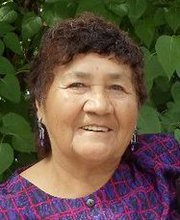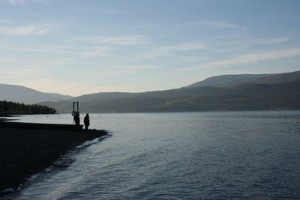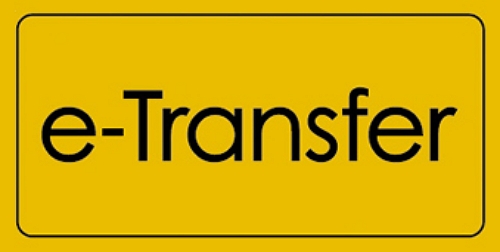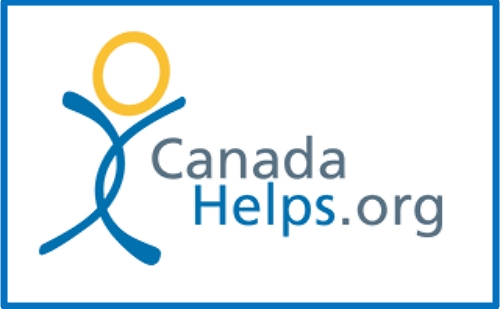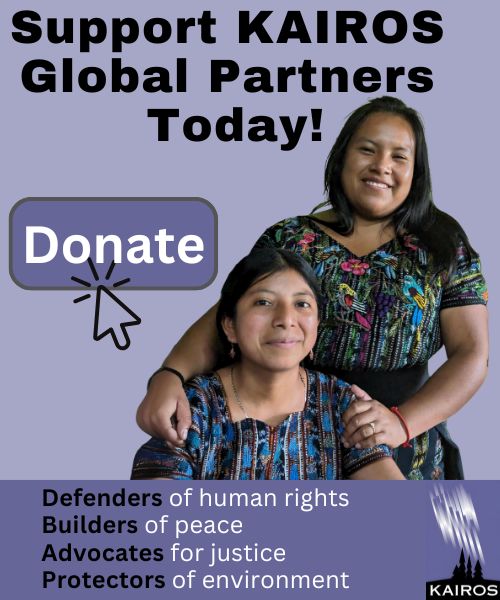Early morning energy in Kamloops
Kamloops, 6:30AM, June 15.
I counted 25 people of all ages on the platform this cool morning, laughing and cheering as Shuswap elders Minnie Kenoras and Bert Deneault posed by a sleeper car, standing next to an eagle staff and talking stick and bearing a banner with the names of all seventeen First Nations that make up the Secwepemc in an area of 180,000 square kilometers from the Rockies to west of the Fraser, from the Chase area to north of Williams Lake.
Minnie and Bert joined the journey here on Secwepemc traditional territory, accompanied by Aboriginal and non-Aboriginal people gathered from Kamloops, Salmon Arm and Sorrento to send us off in style with an additional three banners and young men with good drums and good voices. Heads poked out of The Canadian as travellers from around the world wondered what was going on. Many thanks to Judy Bergman, Chief Judy Wilson and so many others for this send off and for the beautiful banners.
As Bert says, when we hit Jasper, our next big stop, we leave his country. Secwepemc territory encompasses the huge and beautiful Fraser and Thompson Rivers right over to the Rockies. The territory hosts millions of salmon on their journey back to their spawning grounds, as well as countless moose and deer. It is a very large area that includes the stark hills and grey-green sage that we saw at first light, to the more lush hills and lowlands we’re crossing now. None of it is under treaty and nor was any ever ceded to Canada.
Minnie and Bert are both elders who work constantly with younger generations to renew and regain a sense of nationhood as Secwepemc peoples, and to teach them how to live off the land and to be independent. They said this morning that the land is absolutely essential to this, both spiritually and physically. They have both spent their lives in and alongside the rivers and forests, hunting and fishing and travelling the territory until they know its fishing holes, plants and remains of traditional pit houses intimately.
Living this traditional lifestyle demands great skill, and it also creates inevitable conflict with “secular” society—the white majority, Canadian system and its culture of rules and regulations that assume Aboriginal peoples to be wards of the state. In this area, these conflicts can find expression in resistance to logging, mining and to Canadian regulations governing salmon fishing. Both Minnie and Bert have risked arrest and prosecution in relation to their belief that Secwepemc peoples have the right to fish their own waters in a sustainable way when they feel appropriate, using techniques like weirs and spear fishing. This vision of sustainability includes a return to independence, and doing away with poverty and welfare.
Despite many successful court challenges that have upheld the Aboriginal inherent rights to land, hunting and fishing, our everyday Canadian rules (federal and provincial) so often do not respect these rights on the ground.
The UN Declaration is yet another affirmation of these rights. In many cases Indigenous peoples’ ultimate goal is to live sustainably on the land and waters. Its deliberately explicit references to free, prior and informed consent get at the heart of many of the struggles confronting Indigenous peoples who wish to live on and protect traditional territories that are often rich in resources that other people want.
